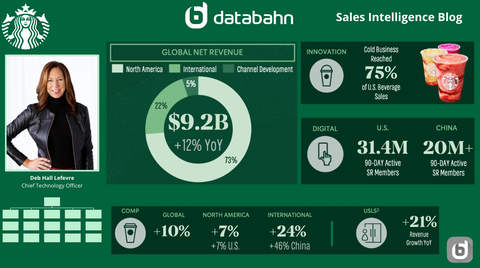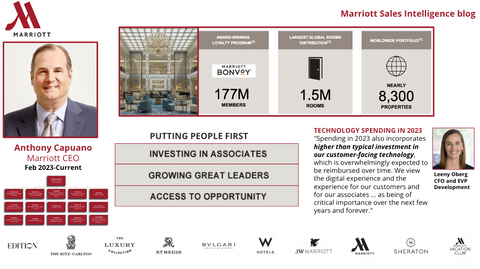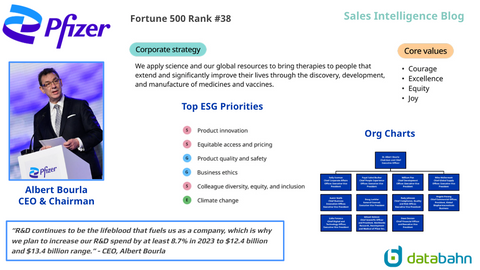Campbell Soup has a two-divisional structure, with Meals & Beverages and Snacks. Each division is led by an executive vice president and president. The company also has a number of support functions, such as finance, marketing, and human resources. Mick Beekhuizen is the EVP & President of Meals & Beverages division and Chris Foley is the EVP & President of the Snacks division. Both Beekhuizen and Foley report to CEO Mark Clouse.









